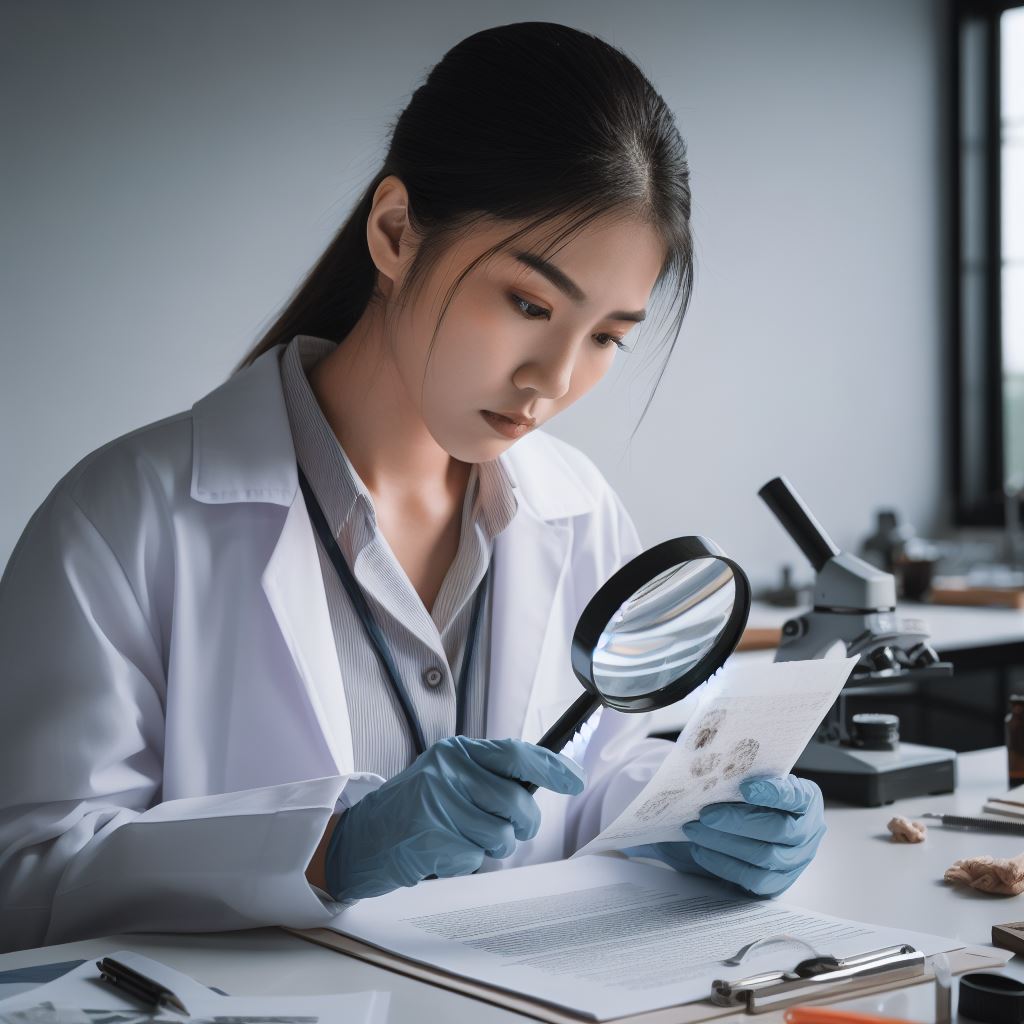Facial approximation is the process of estimating a person’s living facial image from a recovered skull, utilizing scientific measurements and artistic interpretation.
Facial Approximation: Unmasking the Past
Facial approximation is a remarkable forensic technique that seeks to unveil the visage of the past. It involves the intricate process of estimating the living facial image of an individual based on the anatomical information provided by a recovered skull. This compelling approach, sometimes called facial reconstruction, combines the sciences of anatomy, anthropology, and artistry to breathe life into long-forgotten faces from history and aid in identifying unknown human remains.
The Art and Science of Facial Approximation:
Facial approximation is a multidisciplinary endeavor, fusing scientific methodology with artistic interpretation. The process typically unfolds in the following steps:
- DataInformation in analog or digital form that can be transmitted or processed. More Collection: It begins with the careful collection of a set of cranial measurements and observations from the skull in question. These measurements encompass key details such as the width of the orbits (eye sockets), the length of the nasal aperture, and the curvature of the mandible.
- Tissue Depth Markers: These measurements are then used to place tissue depth markers at specific locations on the skull. These markers indicate the thickness of soft tissues at various points on the face.
- Tissue Depth Pads: The markers guide the application of tissue depth pads made of clay or other materials. These pads are added to the skull to simulate the depth of facial tissues.
- Muscle Structure: With tissue depth in place, the next step involves estimating the location and shape of facial muscles, which influence the contours of the face.
- Facial Features: After the muscles, facial features such as the nose, lips, and ears are sculpted or drawn based on average proportions and artistic expertise. These features are essential for creating a lifelike representation.
- Skin Texture: To further enhance realism, an artist may add skin texture and details, including wrinkles, scars, and blemishes, which contribute to the individuality of the reconstructed face.
- Hair and Clothing: If historical or archaeological evidence provides clues about the individual’s appearance, details like hairstyle and clothing may be added.
- Photograph or 3D Rendering: The final result can be captured as a photograph or a 3D digital rendering. This visual representation offers a glimpse into the countenance of the long-departed individual.
Applications of Facial Approximation:
- Forensic Identification: Facial approximation is valuable in forensic anthropology and archaeology. It aids in identifying unidentified human remains, helping to establish the potential likeness of an individual whose identity is shrouded in mystery.
- Historical Reconstructions: Beyond forensic applications, facial approximation contributes to historical reconstructions, allowing us to envision the faces of historical figures and ancient civilizations.
- Education and Outreach: It also serves as a powerful educational and outreach tool, bringing the past to life for students, researchers, and the public.
Challenges and Limitations:
It’s important to note that facial approximation is an art as much as a science. The accuracy of the reconstructed face can vary, and results are often presented with a range of possible appearances. Factors such as variations in tissue depth, artistic interpretation, and the absence of specific details (e.g., eye color) can introduce uncertainty.
In Summary:
Facial approximation bridges the chasm between the past and the present, offering a tantalizing glimpse into the faces of individuals long gone. This remarkable fusion of science and art has far-reaching applications, from forensic investigations to historical reconstructions and educational endeavors, serving as a captivating window into the mysteries of history.


